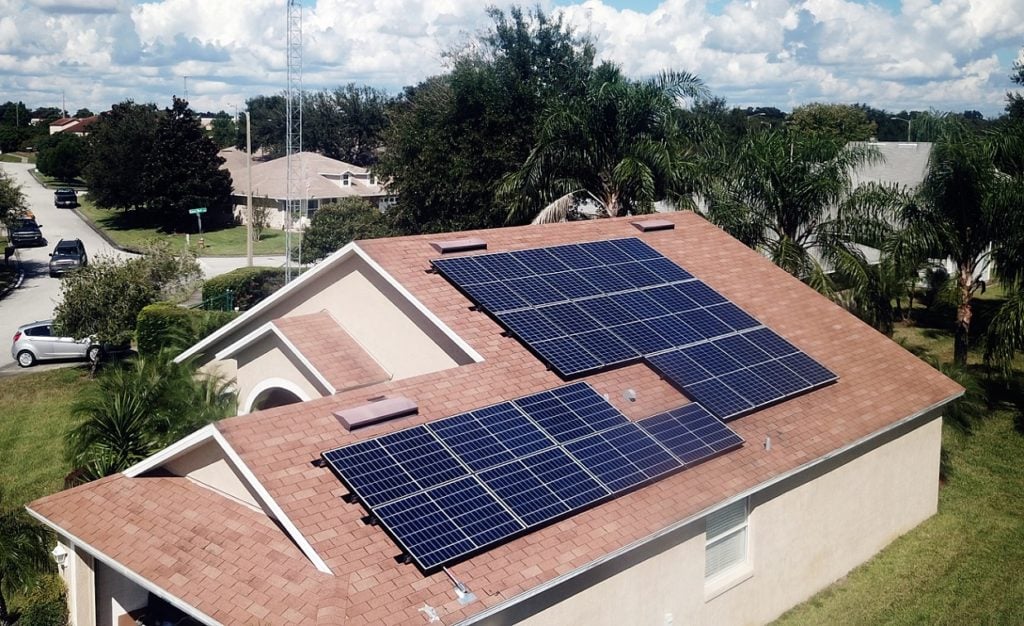
California regulators have proposed a raft of changes to a state solar incentive programme, including reducing the credit homeowners with PV systems would receive for selling excess electricity back to the grid.
The proposal from the California Public Utilities Commission (CPUC) would revise rules for the net energy metering (NEM) policy and create a net billing tariff that, it claims, “balances the needs of the electric grid, the environment and consumers”.
Try Premium for just $1
- Full premium access for the first month at only $1
- Converts to an annual rate after 30 days unless cancelled
- Cancel anytime during the trial period
Premium Benefits
- Expert industry analysis and interviews
- Digital access to PV Tech Power journal
- Exclusive event discounts
Or get the full Premium subscription right away
Or continue reading this article for free
However, the announcement has triggered a backlash from across the US solar sector, with opponents warning that the changes would deter Californians from installing rooftop solar and energy storage systems while derailing the state’s ability to reach its clean energy deployment targets.
Among CPUC proposals for the net billing tariff is a monthly residential grid participation charge of US$8/kW of installed solar to capture residential adopters’ “fair share of costs to maintain the grid”.
CPUC said the new net billing tariff would “improve grid reliability and accelerate climate goals by incenting the adoption of solar paired storage systems through more accurate price signals”.
According to campaign group Save California Solar, the changes would add a US$57 per month solar penalty fee for the average residential solar system, which would be partially offset by a US$15 per month credit for the first ten years.
In addition, the group said the proposals would slash export credits to around 5¢/kWh on all solar users, an 80% reduction from the 20-30¢/kWh credited today for residential customers.
CPUC's NEM-3 proposal is a clean energy and jobs disaster. @CAgovernor needs to clean this mess up and get California back on track as a solar leader. #savesolar
— Bernadette Del Chiaro (@DelChiaroSolar) December 13, 2021
With the new programme rapidly reducing the bill credits, it would add unpredictability and instability for customers that already have solar, trade body the Solar Energy Industries Association (SEIA) said.
“Only the wealthiest Californians will be able to afford rooftop solar, shutting out schools, small businesses, and the average family from our clean energy future,” said SEIA CEO Abigail Ross Hopper. “The only winners today are the utilities, which will make more profits at the expense of their ratepayers.”
Earlier this year, California’s three major utilities – Pacific Gas and Electric Company, San Diego Gas & Electric Company and Southern California Edison – submitted a proposal to add a monthly customer service charge and maintenance costs to the net metering policy. They said electricity customers without solar systems pay about US$3 billion more annually in their electricity bills to subsidise existing rooftop solar customers.
A grassroots coalition of 347 organisations has since flagged concerns about the policy changes, warning that proposals could set back climate change progress and harm low-income residents’ access to solar.
Bernadette Del Chiaro, executive director of clean energy business group California Solar & Storage Association, said the CPUC proposal would see California “abandon its long-held position as a clean energy leader”, adding: “Governor Newsom needs to clean this mess up and get California back on track as a solar leader.”
Following a 30-day public comment period, CPUC could vote on the proposal as soon as next month.






